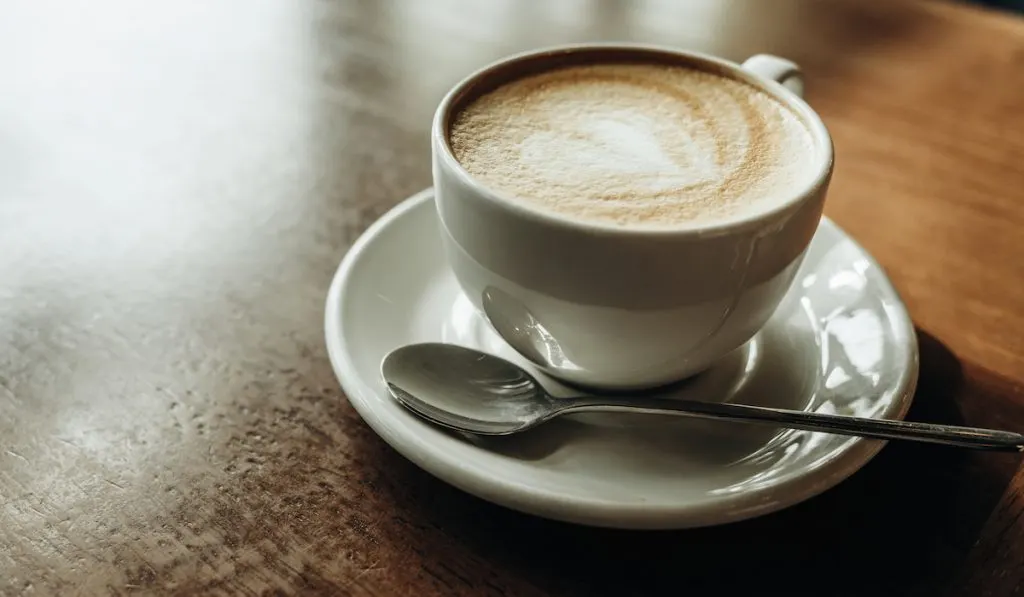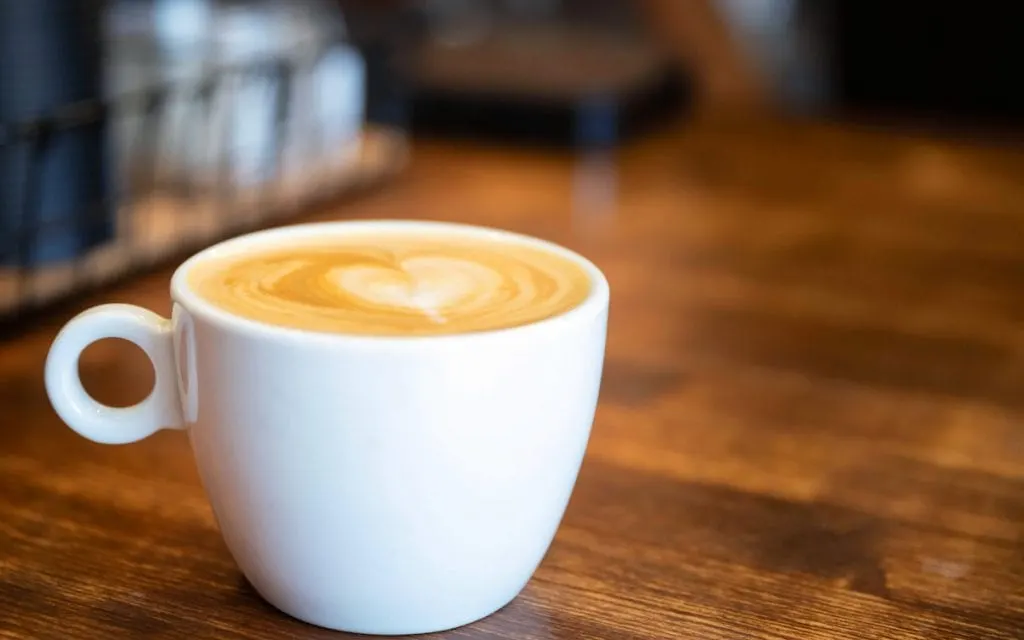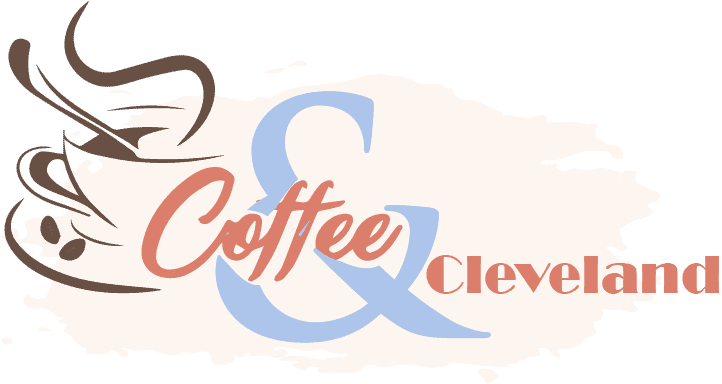There are many kinds of espresso-based drinks and if you don’t really know the difference, a decision on which one to have can be difficult.
Most espresso-based drinks are a combination of 2 main ingredients: milk and espresso. Some also include additional ingredients like chocolate, vanilla, sugar, and ice.
One benefit common to these drinks is that they soften the harshness of coffee. So, even if your stomach is sensitive, you can still enjoy an espresso-based drink.

Drinks such as lattes, cappuccinos, and mochas are a great means to break the plain coffee routine. Espresso drinks are made traditionally with an espresso machine.
But if you aren’t a coffee expert, you probably are unable to differentiate what exactly you’re getting with each of these coffee drinks.
Let’s compare the latte, cappuccino, and mocha so you can decide for yourself which one is right for you.
What’s the Difference?
Mocha
Mocha, also known as mochaccino, or Caffe mocha, is a combination of chocolate and coffee.
Originating from Yemen, this drink has a lovely chocolate flavor. It is sweet, and it usually comes with a layer of milk on the top when served.
Mocha is a combination of espresso, chocolate, and hot milk. It happens to be a variation of the latte.

The ratio of milk to espresso in mocha is almost similar to that of a latte. However, the addition of chocolate, cocoa, or chocolate syrup makes it different from the latte.
The ratio of espresso to milk to chocolate in mocha is:
- 2/5 espresso
- 1/5 steamed milk
- 2/5 chocolate
Mocha drinks are served with a cloud of foam atop.
Most times, whipped cream or a dusting of cocoa or cinnamon powder is used.
In some cases, people prefer to add marshmallows atop their mocha. This gives it an appearance similar to a cup of hot chocolate.
Latte
The latte originated from Italy. It is an espresso-based drink that also goes by the name Caffè lattes, which means milk coffee.
A latte is not as sweet as a mocha because of the exclusion of chocolate.
A latte is prepared by combining steamed milk and espresso.

The goal of this combination is to adjust the bitterness of the espresso and make it creamier.
Lattes also have a cloud of foam on the top layer when served.
The foam gives it a distinct look and a unique mouthfeel.
Unlike cappuccino, a latte contains lower levels of espresso and a thinner foam layer.
Lattes also contain more steamed milk than cappuccinos.
In essence, the foam in a cappuccino is formed using milk froth. However, that of a latte is formed from microfoam.
The difference between microfoam and milk froth is the former is denser and finer than the latter.
The milk, once aerated, has tiny air bubbles that give it that creamy liquid feel. This allows it to rest on steamed milk.
The espresso to milk ratio of a latte is:
- 1/6 espresso
- 4/6 steamed milk
- 1/6 foamed milk
Cappuccino
Cappuccinos originated from Italy. They usually have a stronger flavor and texture than the latte and mocha.
Cappuccinos characteristically have a third layer made up of foam.
They are quite dense but not as dense as lattes. Relative to mochas, cappuccinos are not as sweet.

People who love coffee art are fond of ordering a cappuccino.
The milk foam used in making cappuccinos can be used in making various designs.
Hence, its popularity among coffee art lovers.
Cappuccinos may be served with a dusting of cinnamon or chocolate powder.
The espresso to milk ratio of a cappuccino is:
- 1/3 Espresso
- 1/3 Steamed Milk
- 1/3 Milk Foam
Although cappuccinos are very milky, the espresso taste still prevails but those who prefer having a lot of milk will love the mouthfeel and flavor of cappuccinos.
The portion of the milk foam on a cappuccino can be either dry or velvety.
Dry foam, also known as bone-dry foam, comprises big, airy bubbles with large volumes.
The reverse is the case with microfoam, which comprises tiny bubbles that are hardly noticed.
Which Is Stronger?
Between latte and mocha, mocha is stronger.
Latte contains more milk and a small amount of coffee, which makes it very light.
Mocha, on the other hand, contains less milk. Besides, mocha beans have a natural chocolate taste.

Some mocha drinks are stronger than some cappuccino drinks and vice versa.
Cappuccino is also stronger than the latte since it contains more coffee.
A Latte contains more milk than both the mocha and cappuccino. It is also the creamiest of the three.
Of these 3 espresso-based drinks, cappuccino has the thickest layer of foam.
Latte also has a considerable layer of foam. Mochas, however, may have a thin layer of foam atop or none at all.
Which Is Sweeter?
Of all three drinks, mocha is the sweetest.
It contains the most chocolate, and this contributes to its distinct sweetness relative to latte and cappuccino.
The next sweetest after mocha is cappuccino. The sweetness of cappuccinos is facilitated by the layer of chocolate powder you may find on them.
Lattes are also sweet. However, their sweetness is dwarfed by that of mocha and cappuccino.
Final Thoughts
Lattes, cappuccinos, and mochas all fit different purposes depending on what a person is wanting taste wise.
If you want a lot of chocolate with your espresso, choose a mocha.
But if you want an espresso drink that isn’t too sweet, then you need a latte.
And if you want a lot of milk and something strong – but not too strong – then go for a cappuccino.
Resources
- https://artisancoffeeaccess.wordpress.com/2016/04/18/whats-the-difference-between-mocha-latte-frappe-espresso-and-cappuccino-coffees/
- https://coffee-brewing-methods.com/coffee/cappuccino-vs-latte-vs-mocha-what-are-the-differences/
- https://www.cartacoffee.com/blogs/island-blog/mocha-vs-latte-vs-cappuccino-whats-the-real-difference
- https://www.latteartguide.com/cappuccino-vs-latte
- https://greatist.com/eat/what-is-the-difference-between-a-latte-a-cappuccino#What-Is-the-Difference-Between-a-Latte-and-a-Cappuccino?
